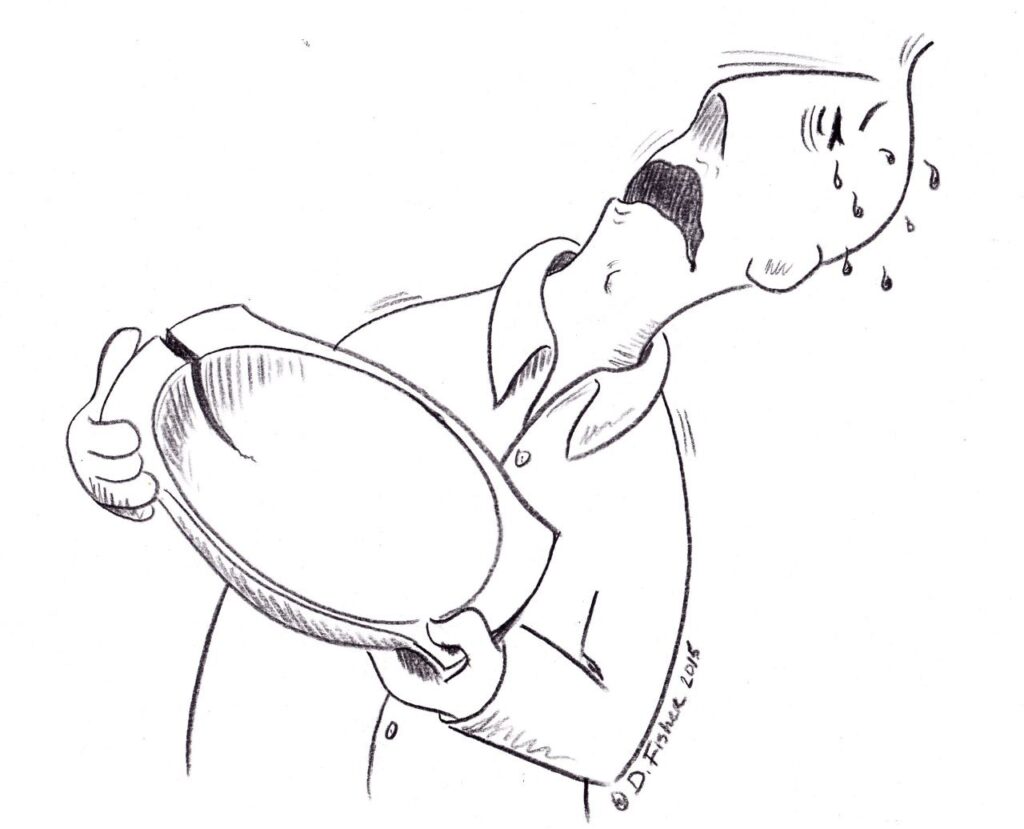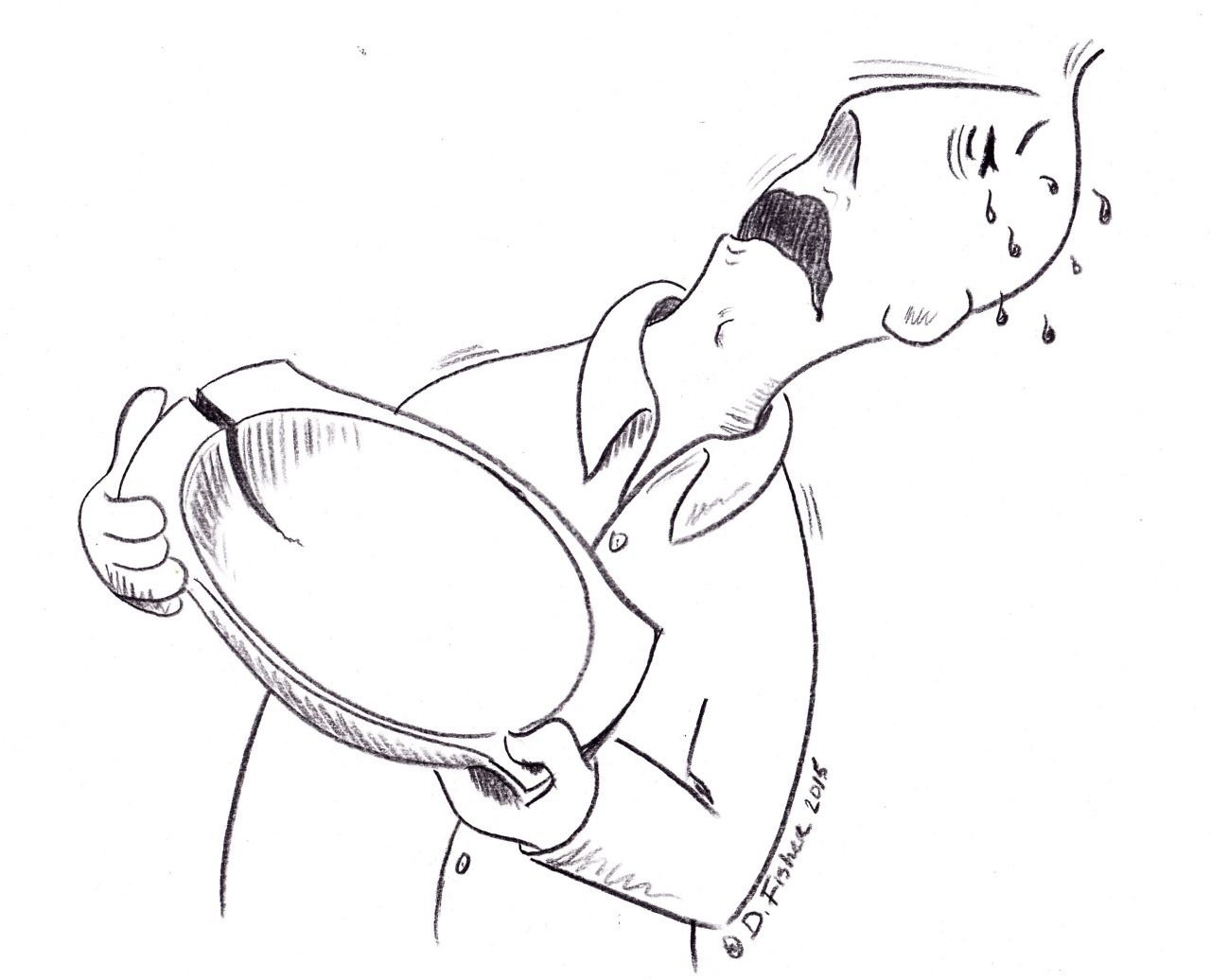
From Wet to Wow: Gel Stain’s Drying Time Explained
The allure of gel stain lies in its ability to transform ordinary surfaces into stunning, rich-looking masterpieces. Whether you’re a seasoned DIY enthusiast or a weekend warrior looking to revamp your furniture, understanding gel stain’s drying time is crucial. This seemingly simple factor dictates the success of your project, impacting everything from the final appearance to the durability of the finish. This article delves into the intricacies of gel stain drying, providing a comprehensive guide to help you achieve that coveted ‘wow’ factor.
The correct application of gel stain is crucial for achieving optimal results. However, even with the best techniques, the drying process remains a critical, often underestimated, aspect of the entire endeavor. This guide will explain the factors that influence gel stain’s drying time, offering practical tips and insights to ensure your projects are a resounding success. We’ll cover everything from the basics to advanced techniques, empowering you to confidently tackle any staining project.
Understanding the Basics: What is Gel Stain?
Before we dive into drying times, let’s briefly recap what makes gel stain unique. Unlike traditional liquid stains, gel stain boasts a thicker, more viscous consistency. This formulation allows for enhanced control, making it ideal for vertical surfaces and intricate projects where drips and runs are undesirable. It’s particularly well-suited for surfaces like cabinets, doors, and furniture, where a flawless finish is paramount. Gel stains are typically oil-based, contributing to their slow-drying properties, which offer an extended window for manipulation and correction.
Factors Influencing Gel Stain’s Drying Time
Several factors play a significant role in determining how long it takes for gel stain to dry. Recognizing these variables is essential for planning your project and achieving the desired results. Ignoring them can lead to sticky finishes, uneven color, and a host of other problems.
Environmental Conditions
The environment surrounding your project is perhaps the most influential factor. Temperature and humidity levels have a dramatic impact on gel stain’s drying time. Warm, dry conditions will accelerate the drying process, while cold, humid environments will significantly slow it down. Ideally, you should work in a well-ventilated space with a temperature between 65-85°F (18-29°C) and a relative humidity below 50%. High humidity can trap moisture under the stain, leading to a cloudy or sticky finish.
Surface Preparation
The surface you’re staining also impacts drying. A properly prepared surface is key for optimal stain absorption and even drying. This means ensuring the wood is clean, dry, and free of any existing finishes, oils, or contaminants. Any residue can interfere with the stain’s ability to adhere properly, leading to slower drying times and an uneven appearance. Sanding the surface to create a slightly rough texture helps the stain penetrate and dry uniformly.
Type of Wood
Different wood species have varying levels of porosity, affecting how quickly they absorb and dry. Porous woods, such as pine or oak, tend to absorb gel stain more readily, potentially leading to slightly faster drying times compared to denser woods like maple or cherry. Always consider the wood type when estimating the drying time and adjust your expectations accordingly.
Application Technique and Thickness
How you apply the gel stain is another critical factor. Applying too thick a coat will significantly increase drying time. It’s always better to apply multiple thin coats than a single thick one. Thin coats dry faster, provide better control over the color, and minimize the risk of runs or drips. Using the correct application method, such as a brush or a lint-free cloth, also plays a role in achieving a uniform finish.
Product Formulation
Different gel stain brands and formulations contain varying ingredients, which can affect drying times. Some stains are formulated with faster-drying solvents, while others are designed for a slower, more controlled application. Always read the manufacturer’s instructions on the product label for specific drying time recommendations. These recommendations are typically based on ideal conditions and may need adjustment depending on your environment.
Drying Time Guidelines: What to Expect
While the factors mentioned above influence the drying time, here are some general guidelines to expect for gel stain:
- Touch Dry: The surface should be touch-dry within 2-8 hours under ideal conditions. This means it feels dry to the touch but is not fully cured.
- Recoat Time: Allow at least 12-24 hours before applying a second coat. This allows the first coat to dry sufficiently, preventing the second coat from lifting or dissolving the first.
- Full Cure: The gel stain typically takes 24-72 hours to fully cure, depending on the factors discussed above. During this time, avoid placing heavy objects on the stained surface.
- Topcoat Application: Wait at least 24 hours, and preferably longer, before applying a topcoat (e.g., polyurethane). This ensures the stain is fully dry and minimizes the risk of the topcoat trapping solvents.
Troubleshooting Common Drying Issues
Even with careful planning, problems can arise. Here are some common issues related to gel stain’s drying time and how to address them:
Sticky Finish
A sticky finish often indicates that the stain hasn’t dried completely. This can be due to applying too thick a coat, high humidity, or low temperatures. To remedy this, try improving ventilation, increasing the temperature, and allowing more time for drying. If necessary, you may need to lightly sand the surface and reapply a thinner coat.
Uneven Drying
Uneven drying can result in a blotchy or streaky appearance. This can be caused by inconsistent application, variations in wood porosity, or inadequate surface preparation. Ensure you’re applying the stain evenly, sanding the wood uniformly, and allowing enough time for each coat to dry.
Wrinkling
Wrinkling can occur if the stain is applied too thickly or if the environmental conditions are unfavorable. To prevent this, apply thin coats and ensure proper ventilation. If wrinkling occurs, lightly sand the surface and reapply a thinner coat of stain.
Tips for Accelerating Gel Stain Drying Time
While patience is often key, there are a few things you can do to speed up the drying process for your gel stain projects:
- Improve Ventilation: Open windows and doors to increase airflow. Use fans to circulate the air, but avoid directing them directly at the surface, which can cause uneven drying.
- Control Temperature and Humidity: Aim for a warm, dry environment. If necessary, use a dehumidifier to reduce humidity.
- Apply Thin Coats: As mentioned earlier, thin coats dry faster and offer better control.
- Use a Heat Lamp (with caution): A heat lamp can accelerate drying, but use it carefully. Keep the lamp at a safe distance to avoid overheating the surface, which can cause blistering.
Protecting Your Investment: Applying a Topcoat
Once your gel stain is fully dry, applying a topcoat, such as polyurethane, is crucial for protecting your work and enhancing its durability. The topcoat provides a protective barrier against scratches, spills, and UV damage. Wait at least 24 hours, and preferably longer, after the stain is fully dry before applying the topcoat. Follow the manufacturer’s instructions for the topcoat application, and allow sufficient drying time between coats.
Achieving Professional Results: Best Practices
To consistently achieve professional-looking results with gel stain, adhere to these best practices:
- Surface Preparation is Paramount: Properly prepare the surface by cleaning, sanding, and removing any existing finishes.
- Apply Thin, Even Coats: Avoid applying thick coats, which can lead to longer drying times and imperfections.
- Follow Manufacturer’s Instructions: Pay close attention to the product label for specific drying time recommendations and application guidelines.
- Work in a Controlled Environment: Aim for a warm, dry, and well-ventilated workspace.
- Be Patient: Allow sufficient drying time between coats and before applying a topcoat.
Conclusion: Mastering the Art of Gel Stain
Understanding gel stain’s drying time is a critical component of achieving stunning and long-lasting results. By considering the factors that influence the drying process, following best practices, and troubleshooting potential issues, you can confidently transform your projects from wet to wow. With patience and attention to detail, you can master the art of gel staining and enjoy the beauty of beautifully finished surfaces for years to come. Remember, the key to success lies in preparation, patience, and understanding the nuances of this versatile and rewarding technique. [See also: The Ultimate Guide to Wood Staining Techniques]
By understanding and managing gel stain’s drying time, you’re not just staining wood; you’re crafting a legacy of beautiful, durable finishes. So, embrace the process, pay attention to the details, and prepare to be amazed by the transformation.


